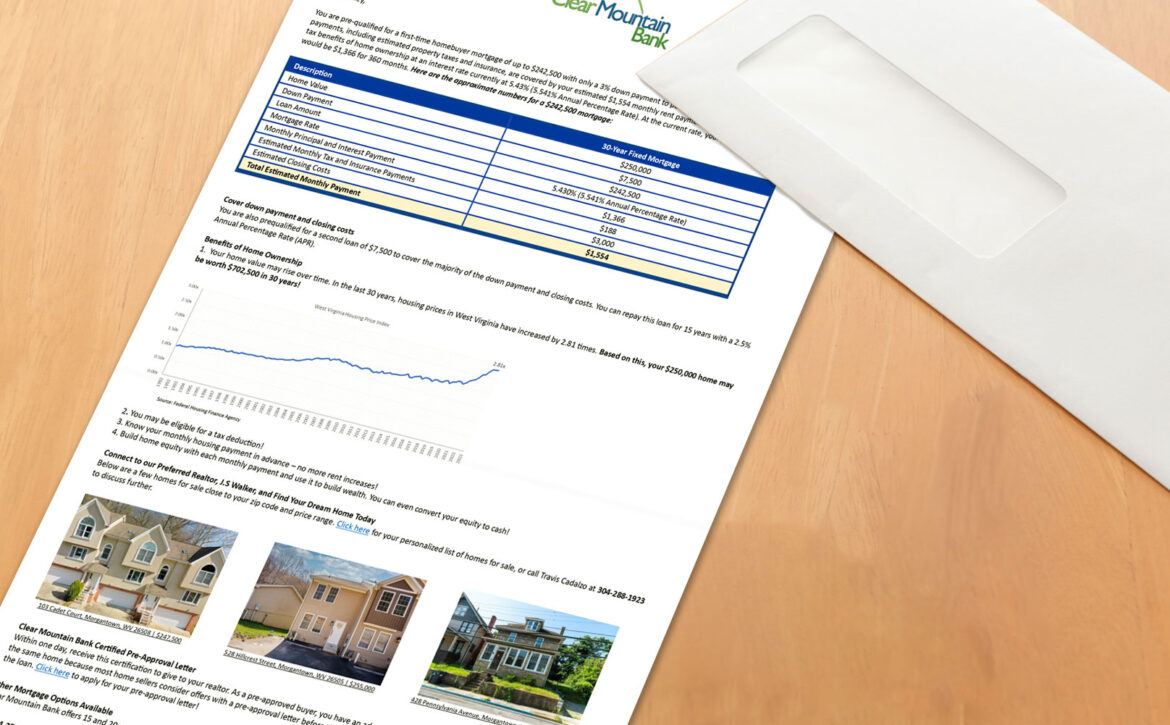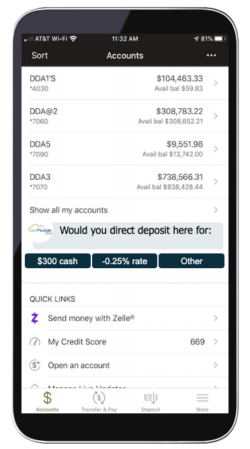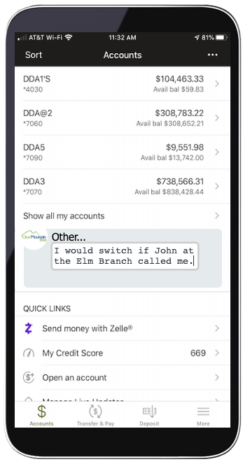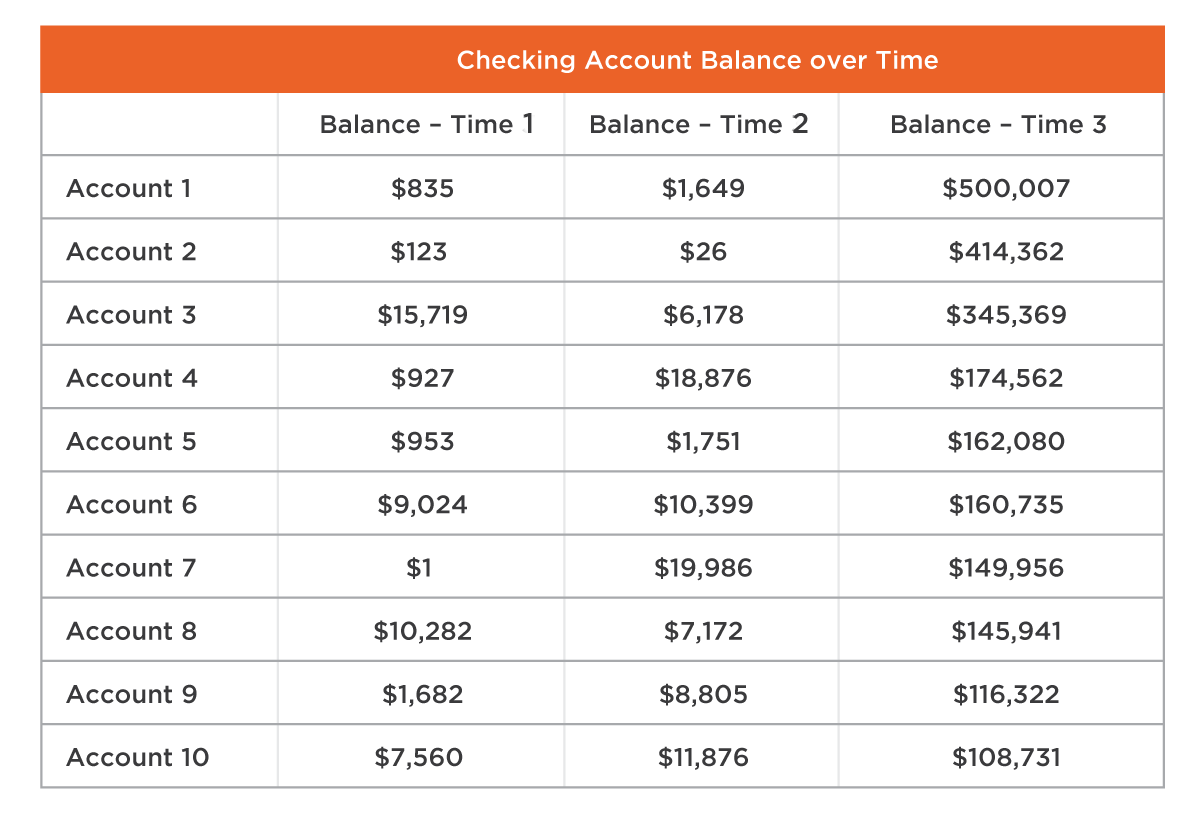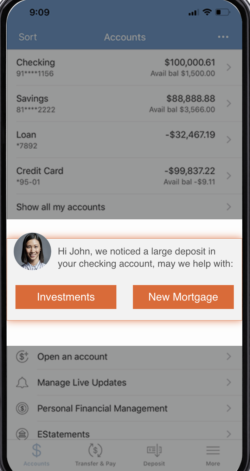AI in Banking: Balancing Innovation and Regulation
By Xav Harrigin
Artificial Intelligence (AI), particularly its subset, Generative AI, has been a prominent subject of interest in 2023, as noted by McKinsey, Congress reports, and the World Economic Forum. Generative AI refers to AI systems, especially those using machine learning and trained on large volumes of data, that are capable of generating new content. This contrasts with other AI systems that primarily analyze or process existing data. Generative AI can create a wide array of outputs, from writing text and code to creating videos and 3D simulations. The potential of generative AI is vast, with its ability to automate, augment human or machine tasks, and autonomously execute business and IT processes.
In the banking sector, generative AI is driving significant transformations. It’s been a few months since the release of OpenAI’s ChatGPT, and already, the banking industry is seeing the benefits. Generative AI is reshaping customer service, risk assessment, and personalized banking experiences. According to a Gartner research paper, as of April 2023, only 7% of banking executives reported no plans to incorporate generative AI into their business, a steep decline from 46% just a few months prior.
However, the implementation of AI in banking is not without its challenges. One of the main obstacles preventing banks from deploying AI capabilities at scale is the lack of a clear strategy for AI implementation. Banks need to transform to become AI-first, but this requires a significant shift in mindset and operations. Another challenge is the risk associated with AI. The use of AI can lead to new types of risks, such as algorithmic bias and data privacy issues, which banks need to manage effectively.
The future of generative AI in banking is promising, with potential applications that could revolutionize the industry. For instance, generative AI could be used in Know Your Customer (KYC) and Anti-Money Laundering (AML) operations, where it could have a significant impact. The real holy grail in banking will be using generative AI to radically reduce the cost of programming while dramatically improving the speed of development, testing, and documenting code.
However, the adoption of generative AI in banking is not without challenges and ethical considerations. Organizations must prioritize the responsible use of generative AI by ensuring it is accurate, safe, honest, empowering, and sustainable. There are concerns about security risks and biased outcomes. For example, the risk of harm when a generative AI chatbot gives incorrect instructions is much higher in a banking context than in other scenarios. If not designed and deployed with clear ethical guidelines, generative AI can have unintended consequences and potentially cause real harm.
Government Regulations and Their Impact on AI in Banking
Government regulations play a crucial role in shaping the future of AI in banking. As reported by CNN, The Register, and PBS, lawmakers worldwide are recognizing the need for swift action to regulate AI technologies. US Senate Majority Leader Chuck Schumer has called for ambitious bipartisan legislation to maximize the benefits of AI and mitigate significant risks. The proposed legislation aims to protect US elections from AI-generated misinformation, shield US workers and intellectual property, prevent exploitation by AI algorithms, and create new guardrails to ward off bad actors.
In Australia, the federal government has outlined its intention to regulate AI, stating that there are gaps in existing law and new forms of AI technology will need safeguards to protect society. The government is considering whether to adopt AI risk classifications like those being developed in Canada and the EU. The proposed system would classify AI tools as low, medium, or high risk, with increasing obligations for higher risk classifications.
These developments indicate that government regulations will play a significant role in shaping the future of AI in banking. Banks will need to navigate these regulations while leveraging the benefits of AI. The regulations aim to ensure that AI technologies are used responsibly and ethically, minimizing risks such as data privacy issues, algorithmic bias, and potential misuse.
Navigating Government Regulations in AI-Powered Banking
Navigating government regulations in AI-powered banking involves understanding and complying with these regulations while leveraging AI’s benefits. Banks need to develop a clear strategy for AI implementation that aligns with regulatory requirements. This strategy should include measures to manage the risks associated with AI, such as data privacy issues and algorithmic bias.
Banks can leverage AI in compliance and risk management. For instance, AI can be used to automate compliance tasks, reducing the risk of human error. AI can also be used to analyze large volumes of data to identify potential risks, enabling banks to take proactive measures to mitigate these risks.
The Future of AI in Banking Amid Government Regulations
The future of AI in banking is promising, but it requires a careful balance between innovation and regulatory compliance. Despite the challenges, banks recognize the potential of AI to revolutionize the industry. With the right strategy and approach, banks can navigate the complex landscape of government regulations and leverage the benefits of AI to revolutionize the industry.


